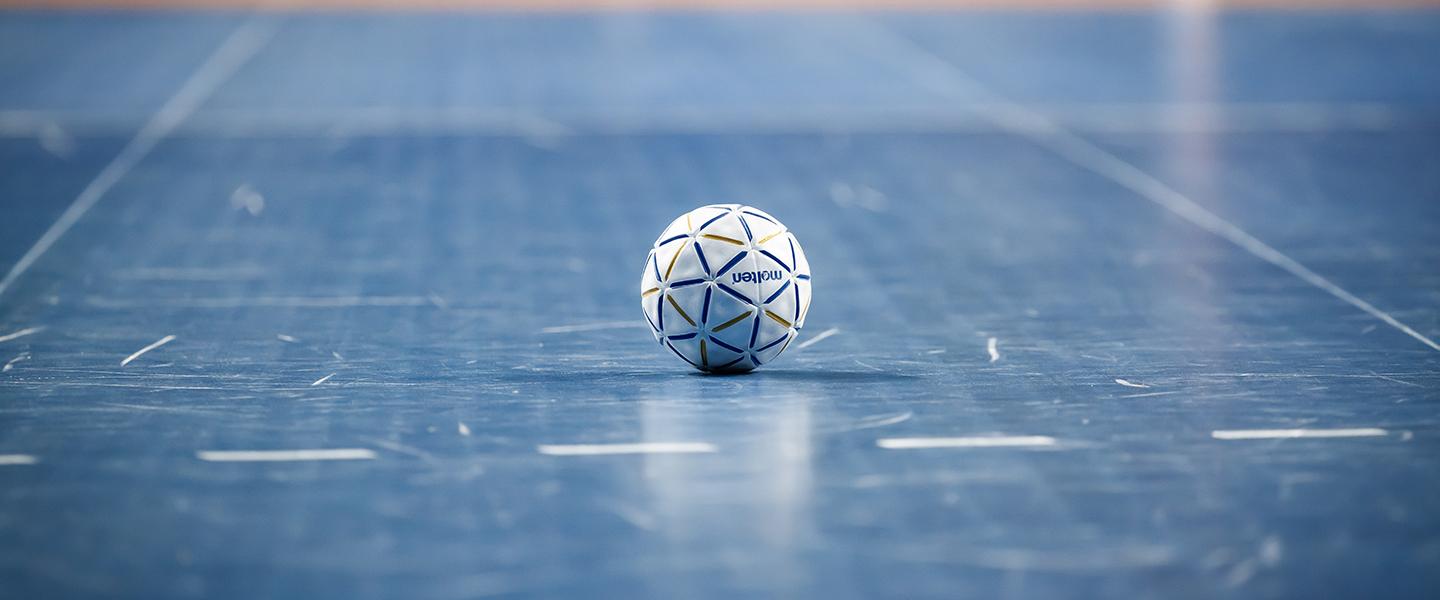Historic moment in Morocco, as the 1st IHF Men's Under-17 World Championship is set to start
23 Oct. 2025

On 24 October 2025, a new chapter begins in the world of international handball as the inaugural IHF Men’s Under-17 World Championship gets underway in Casablanca, Morocco. This landmark event brings together 12 teams from five continents, spotlighting the sport’s rising stars and providing an essential platform for youth development. As global interest in handball continues to grow, the addition of this championship underlines the IHF’s commitment to nurturing young talent and expanding the sport’s reach at grassroots and elite levels alike.
What is the purpose of the new competition? The newly introduced IHF Men’s Under-17 World Championship – and the IHF Women’s Under-16 World Championship, which will take place next year - are designed to give promising young athletes invaluable international competitive experience. It follows a well-established pathway in the IHF’s strategy for growing handball worldwide, complementing existing junior and youth competitions, which were introduced in 1977 and 2005.
With teams from North America and the Caribbean, Europe, Africa, Asia, and South and Central America converging in Casablanca, a new chapter will be written in handball.
What is the format of the 1st IHF Men’s Under-17 World Championship? There are 12 participating teams. Asia have three representatives (Islamic Republic of Iran, Qatar, Republic of Korea), Africa have three participating teams (Egypt, Tunisia and hosts Morocco), while Europe (Germany and Spain), South and Central America (Argentina and Brazil) and North America and the Caribbean (Puerto Rico and the United States of America) have two teams each.
The teams have been divided into three groups of four teams each. The winner of each group plus the best second-placed side will progress to the semi-finals.
How are the matches being played? Two halves of 30 minutes, with a half-time break of only 10 minutes. To ensure the players’ welfare, the IHF has ensured that a rest day will be enforced after the first two matchdays, giving plenty of time for players to regenerate. Each team will play five matches in the competition.
The resin-free ball in size 2 will be used, underlining the commitment of the IHF for the broader objectives of player safety, venue sustainability, and inclusivity. The resin-free ball has been already in use at the IHF World Championship three years ago, when it was used at the 2022 IHF Women’s Youth World Championship and has been the ball used throughout the IHF Trophy, on all continents, over the last years.
Are there any special rules? Yes. Specific rules govern player substitutions and goalkeeper conduct, eyeing the development of the players and creating a framework for them to develop on both sides of the ball – attack and defence. For example, field players can only be replaced when their team has possession of the ball, therefore substitutions between attack and defence are not permitted, excepting the case when there is an injured player. A substitution made when the team does not have the ball is a faulty substitution and results in a two-minute suspension for the incoming player.
Moreover, teams are not allowed to deploy the seven-on-six tactic by substituting the goalkeeper. Each team must have a goalkeeper on the court at all times and may not substitute the goalkeeper for an additional court player. Court players may act as goalkeepers according to Rules 4:7-8 in the Rules of the Game, however goalkeepers cannot cross the center line; violation leads to a 2-minute suspension or a red card for causing a collision.
Three referees on the court: With the new rules implemented over the last decade, handball has definitely grown, but so has the challenge for these rules to be correctly overseen by the referees. A referee’s job is to apply the rules fairly and create a fair-play environment on the court while taking over hundreds of decisions in a single match. Therefore, the IHF has resorted to using three referees on the court, with the 2022 IHF Men’s Club World Championship being the first competition where the system was introduced. In 2025, the three-referee project has also been used for the entire 2025 IHF Men’s Emerging Nations Championship and in the President’s Cup at the 2025 IHF Men’s Youth World Championship.

